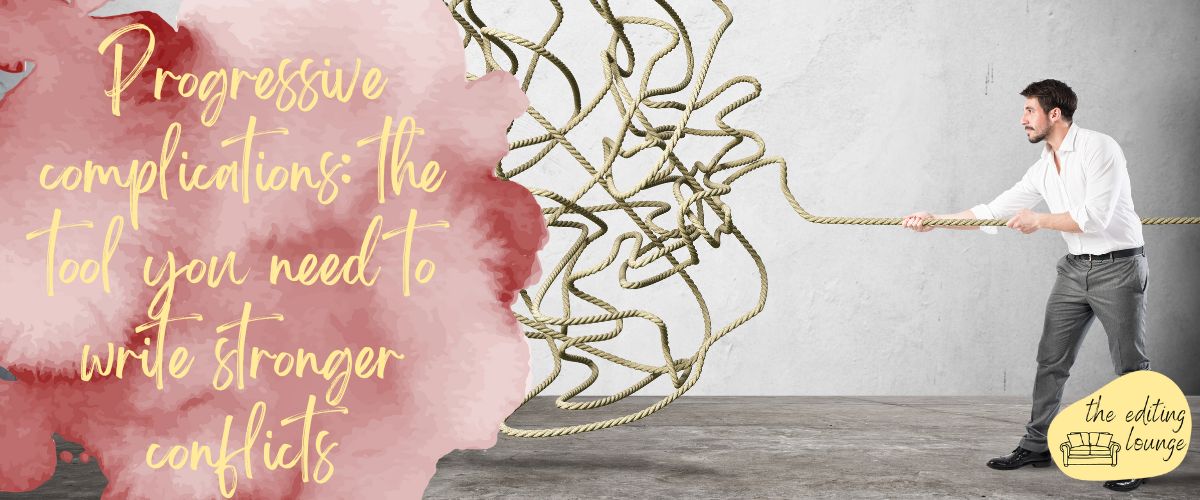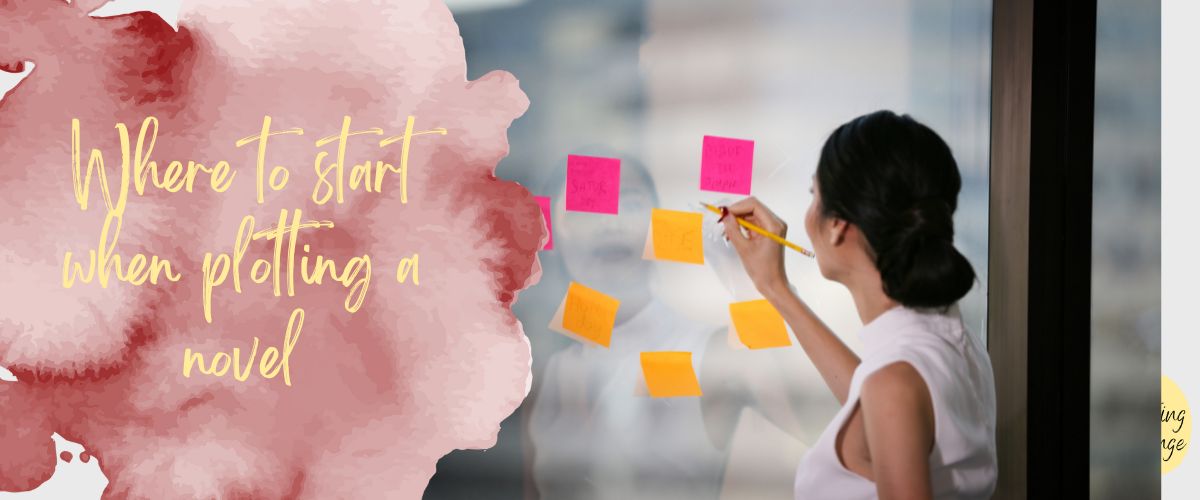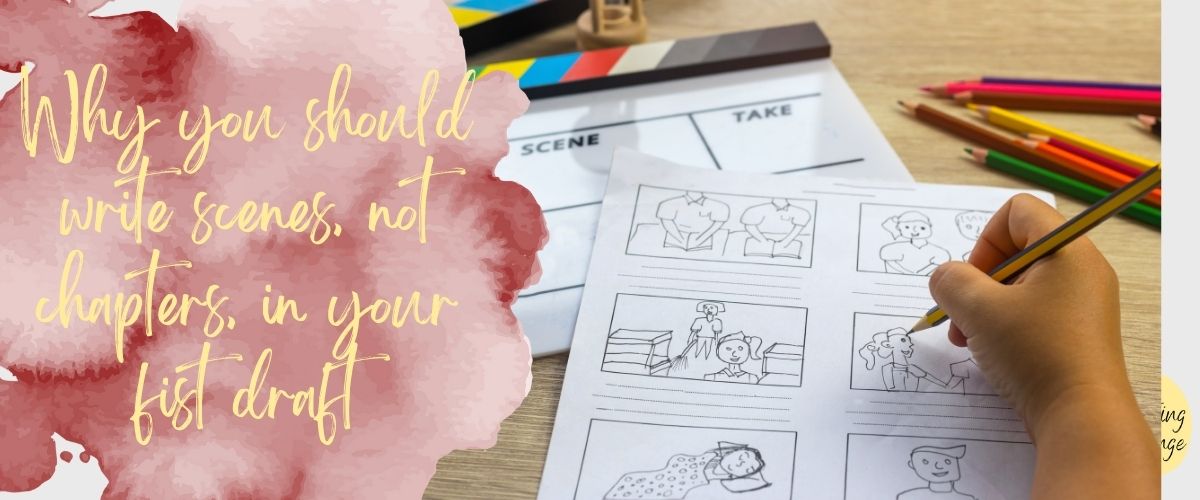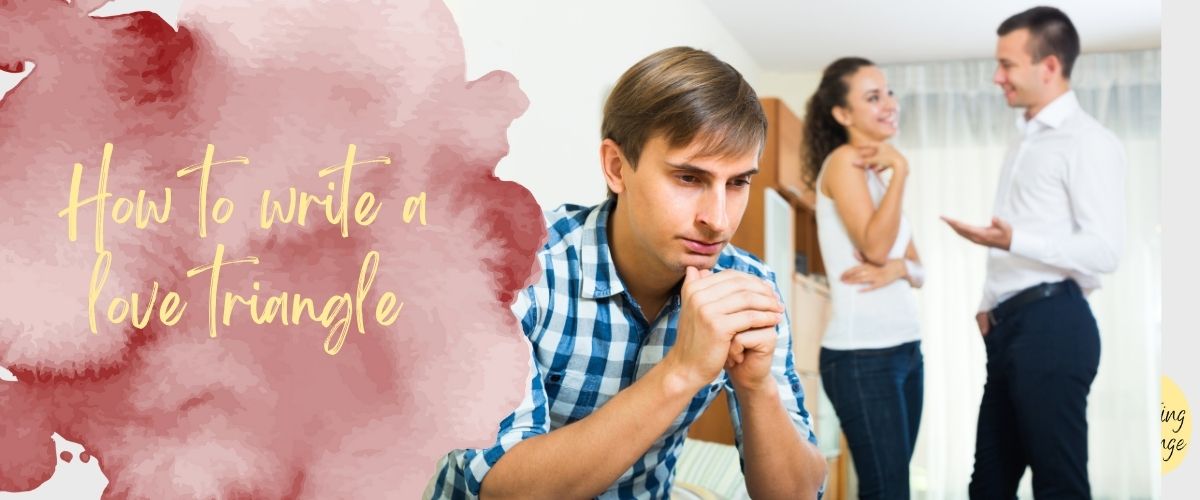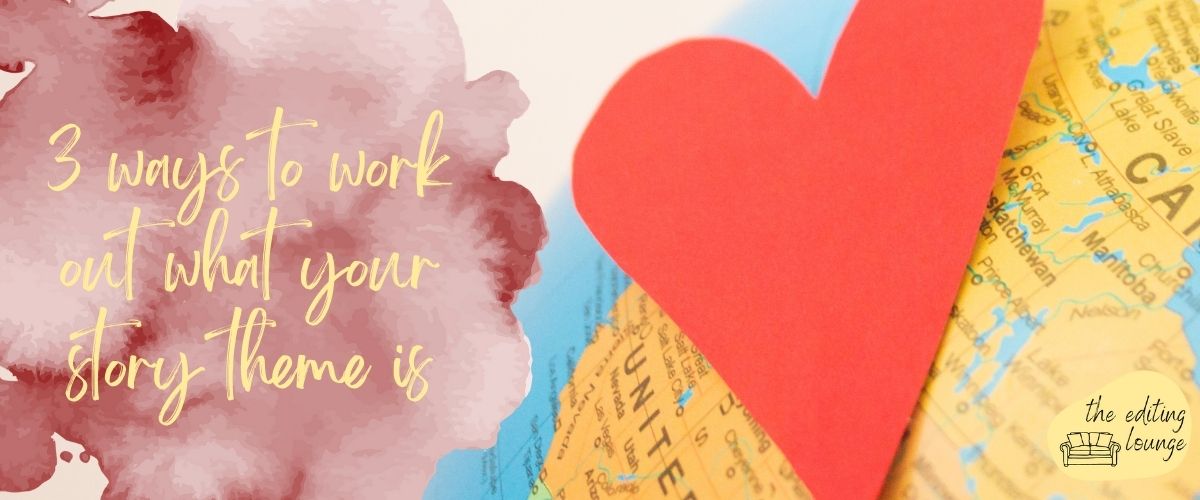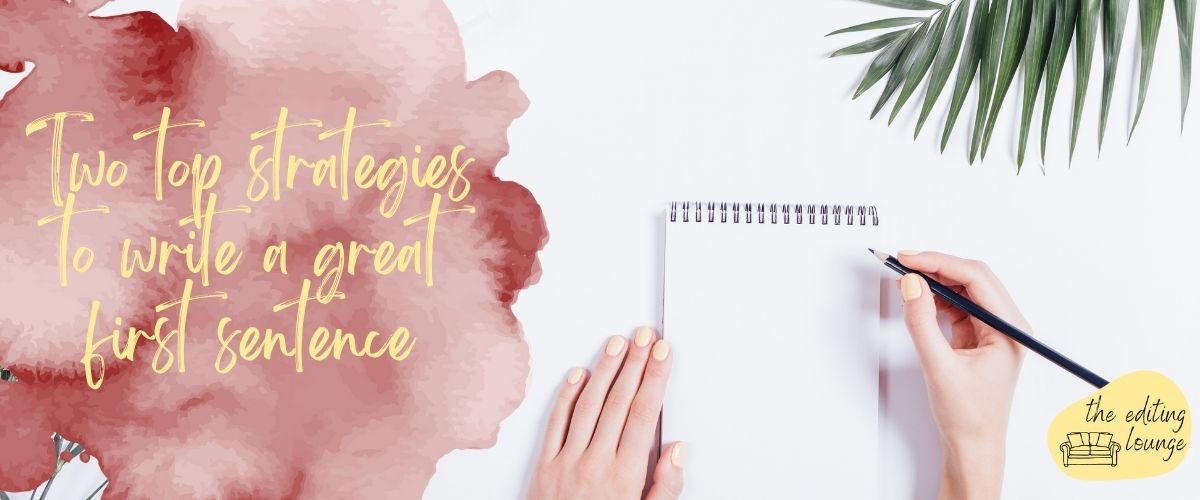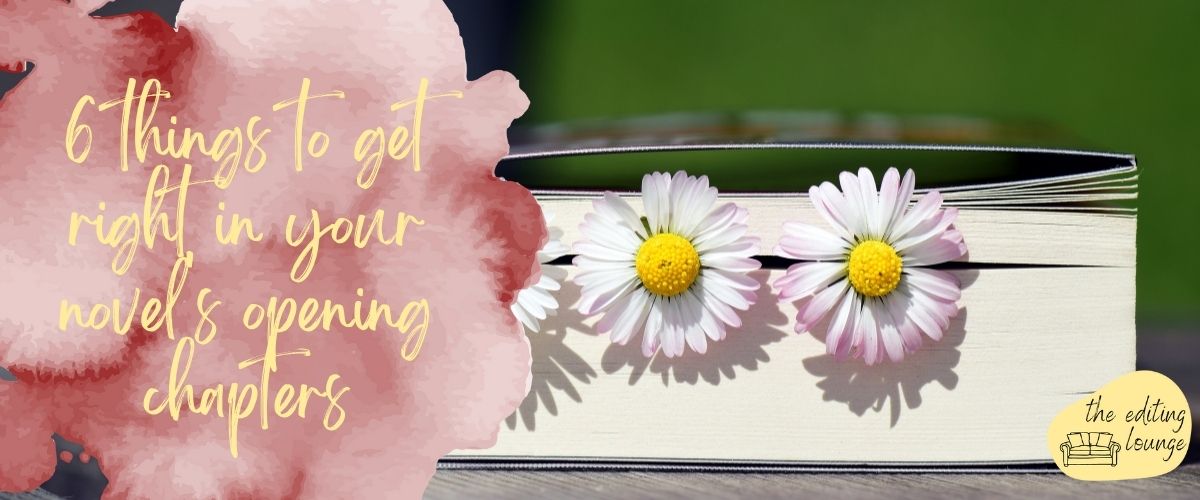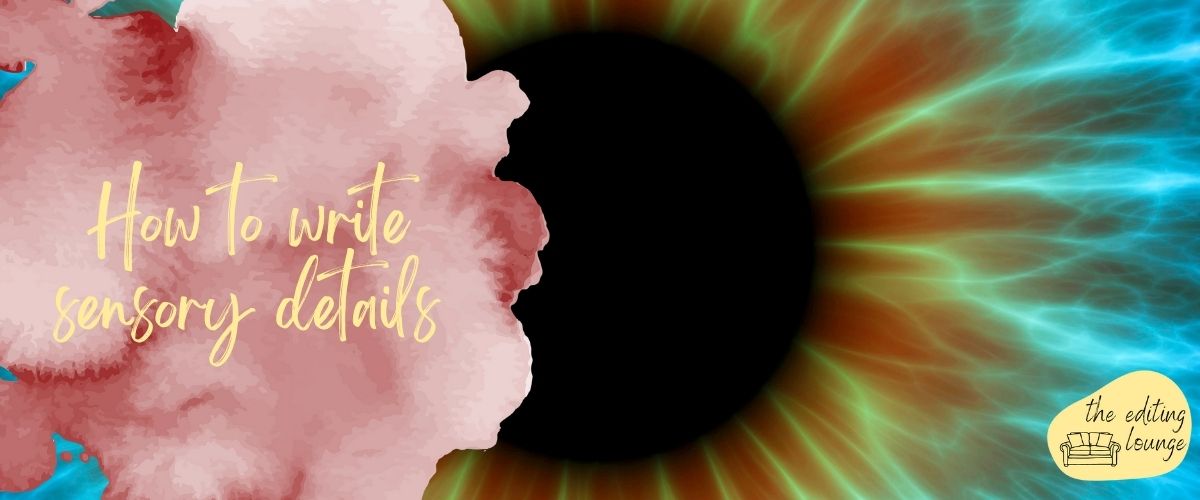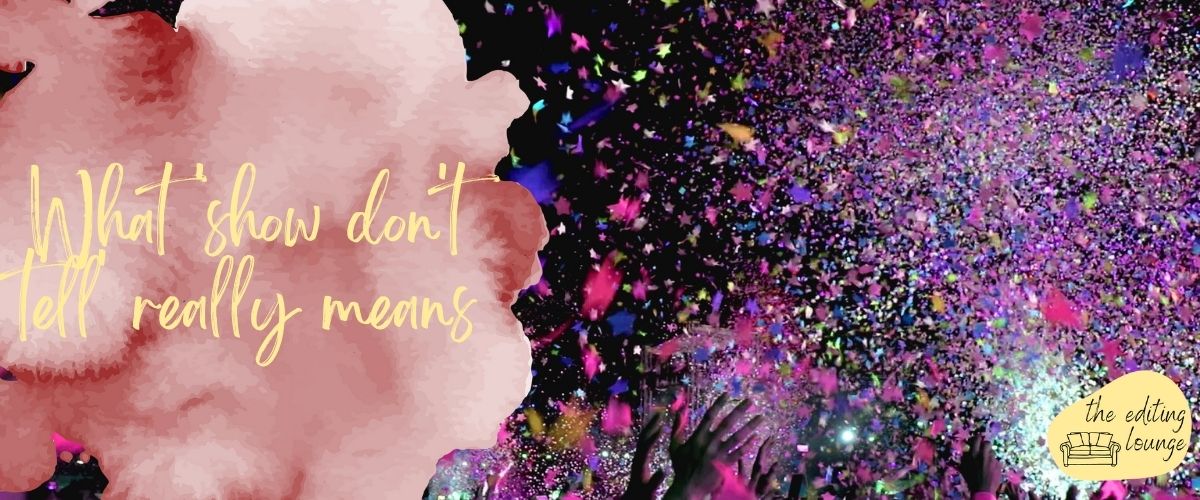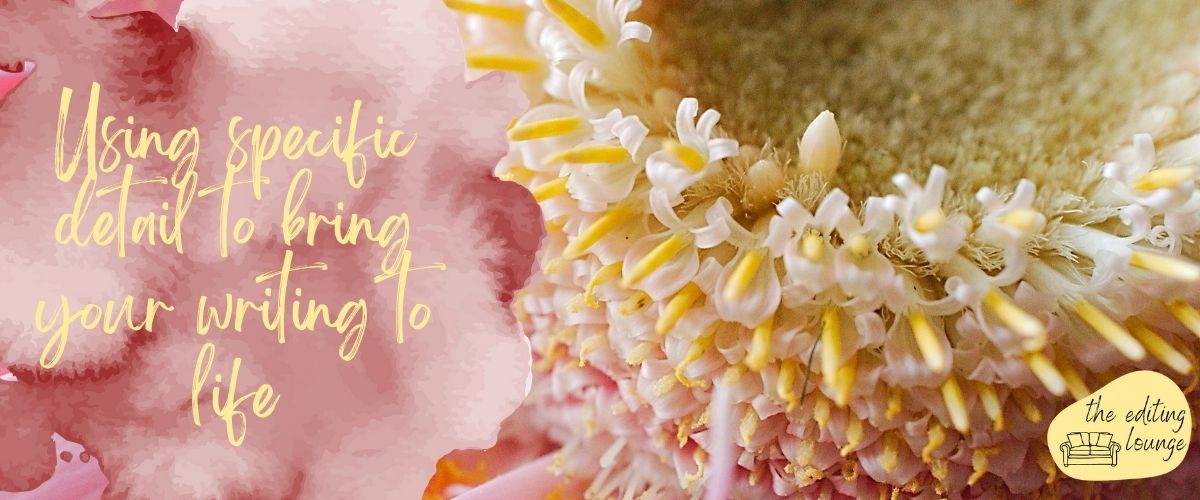One of my favourite ways to explain the writing and redrafting process is the sculptor analogy.
The iterative revision process between the two crafts is more similar than we might first think.
Creating an outline
Both the sculptor and the writer create an outline before they can really get down to work.
A sculptor takes their base material, whether that’s wood, marble, or something else, and shapes this material into a rough outline of their shape.
Similarly, if you’re a plotter, you’ll create an outline and then write a basic draft of your novel.

Big-picture shaping

With their outline ready, the sculptor then uses a large tool to remove large sections of their material and shape their creation.
Redrafting looks like this too. At this point, you’ll need your scissors, not your pen. For the purpose of this exercise, imagine yourself yielding a writerly chainsaw.
This big-picture process is all about redirecting your plot, removing characters who don’t work and rewriting these characters with more depth. This is a gruelling process that involves entire passages falling from your work.
But you’ll end up with a more shapely draft, a tight plot, and characters that light up on the page.
That said, your work isn’t done here. Publish your work at this point and your manuscript will be in the same shape as the sculptor’s unfinished statue.
Little-picture shaping
Now is the time to get out your next set of tools, the tools for detailed work. You need these tools to polish, carve, and smooth all your tiny details. Fixing these details is akin to the sculptor shaping the tiny lines and contours of their statue. Each minute curve needs perfecting.
It’s easy to give up here. To think that no one will notice the tiny imperfections. That no one really puts this much effort in. That your work is good enough in its current state.
Don’t fall into this trap.
Just as a sculptor must shape every centimetre of their statue, you must shape every word in your manuscript.
Yes, this is daunting, overwhelming, exhausting. Especially if your rough draft took months or years to craft in the first place.
But this is what revising is. You’re not just checking for typos or literal mistakes. You’re reworking each inch of your manuscript, considering every word choice, to make sure you finish a great novel. Every sentence, every word, needs to invite your readers into the lives of your characters.
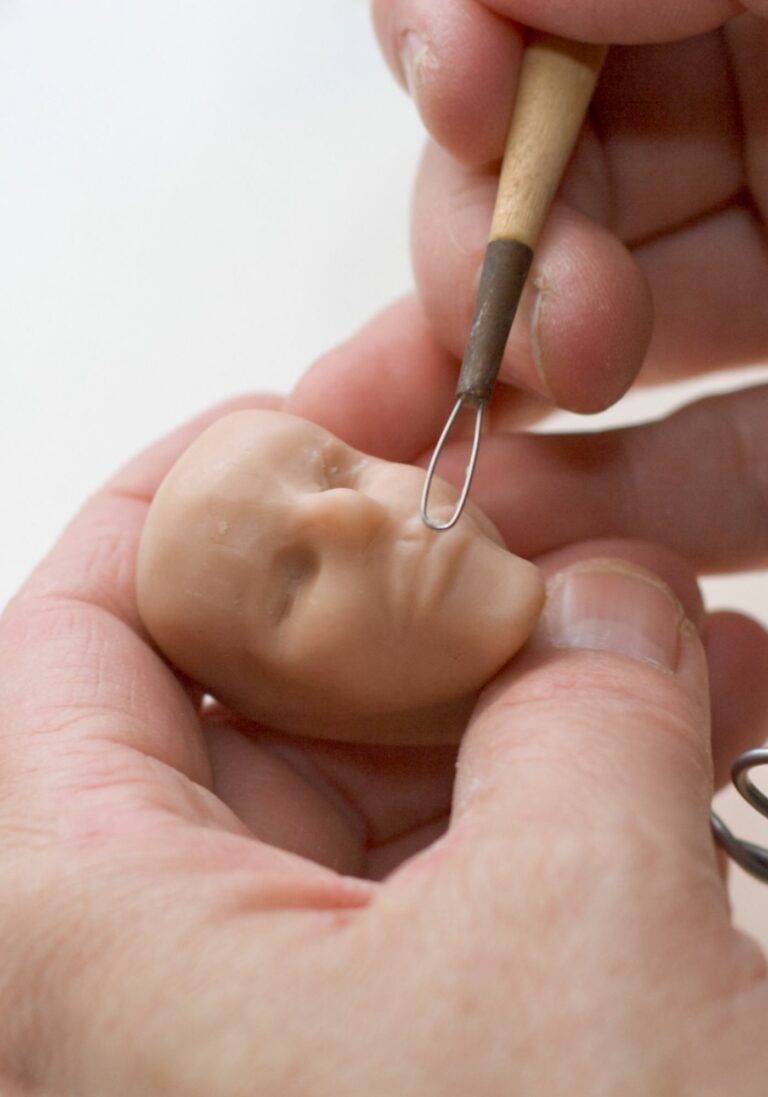
How line editing can help
Once you’ve come this far, it’s time to get a second pair of eyes on your manuscript. Hiring a professional editor means hiring someone who has studied the craft of fiction in depth and knows how to help you strengthen your language choices, ramp up emotional tension, and illuminate your story theme.

About Charlotte

Charlotte is an award-winning writer and line/copyeditor who writes and edits for clients all over the world. She also works on the fiction team for Ambit, a UK literary and arts magazine.
She holds an international literary prize from Hammond House Publishing Group, two writing-related degrees, various marketing certifications, and training certificates from the Chartered Institute of Editing and Proofreading, of which she is a Professional Member.
Charlotte’s work has appeared in several anthologies, magazines, and literary journals, including Indigomania, Dream Catcher, and The Curlew.
She has also created a series of free self-editing cheat sheets to help new writers hone their fiction before sending their work off to a professional editor.
Progressive complications: the tool you need to write stronger conflicts
Conflict is essential to stories of all kinds. A story can’t exist with conflict. If your character could get whatever they wanted at the beginning of the story, there would be no reason to write it. Whether you’re writing a novel or a short story, conflict is what keeps your story going, what keeps the…
Where to start when plotting a novel
It’s arguable that the most important thing a novel should do is follow an arc of change. If nothing changes, do you really have a story? So, perhaps the first step to take when plotting your novel should be to decide, at the simplest level, what’s going to change. That’s easier said than done, but…
Why you should write scenes, not chapters, in your first draft
Plotting and writing a string of chapters long enough to fill a book is daunting. It’s impossible to know how many chapters you’ll need. And it’s impossible to order all of your chapters before you start writing and feeling your way around. That’s why it’s much easier to write your first draft in scenes instead…
How to write a love triangle
Although readers love a well-written love triangle, writing one is easier said than done. Love triangles that aren’t carefully plotted often end up predictable and clichéd. But when well developed and carefully thought out, love triangles can be great, moving plot devices that strengthen your story. What is a love triangle? A love triangle is…
3 ways to work out what your story theme is
I don’t need to know what my story theme is, I hear you say. Just let me crack on with my writing. I know. Hitting pause to think about your theme doesn’t feel like a priority when you’ve got all these great story ideas to get down on paper. Plus, some writers feel that identifying…
2 top strategies to write a great first sentence
Regardless of which genre you write, your first sentence needs to seduce your readers. Perhaps your first sentence is an invitation. A promise. A tease. A shock. A declaration. Whichever approach you adopt, this sentence must be irresistible. It must hook readers and pull them into the page. (Remember that lots of potential buyers read…
6 things to get right in your novel’s opening chapters
Writing a novel is a massive undertaking, regardless of how many books you’ve already written. And, no matter how many how-to books you’ve read and how many fiction workshops you’ve attended, it’s easy to miss the fundamentals when writing your opening chapters. When you submit your novel to an agent or publisher, they will almost…
How to write sensory details
When we include sensory details in our writing, we can evoke our readers’ senses of sight, sound, touch, taste, and smell. This is because painting a strong scene in your reader’s imagination helps them pull similar scenes from their own memories. Here, we’ll explore the science behind why evoking the senses can be so compelling…
What ‘show don’t tell’ really means
Lots of editors are quick to tell writers ‘show, don’t tell’. But this advice has been given so many times that we often forget to explain what it really means. I’ll break down the concept here so you can make the most of this advice. In brief, ‘telling’ is explaining what’s happening. Meanwhile, ‘showing’ is…
Using specific detail to bring your writing to life
Adding detail is essential to writing great fiction. But how specific is the detail in your manuscript? If I had received a pound for every time one of my writing tutors circled a phrase in my fiction with a note saying ‘specific detail please’ during my MA days, I’d be rich. There are likely lots…




